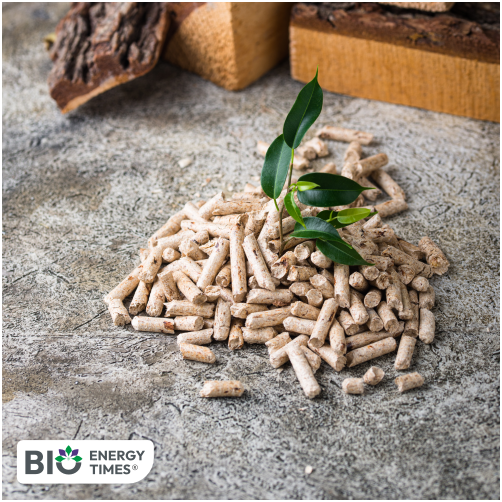In response to an article published by The Guardian regarding our Canadian sustainable biomass operations, Miguel Veiga-Pestana, Drax’s Chief Sustainability Officer, wrote to the newspaper outlining the facts behind our Canadian supply chain. An extract of it was published by The Guardian on 21 November 2025 and it is published in full below:
The environmental non-profit Stand.earth fails to see the wood from the trees when it comes to the Canadian forestry industry and Drax’s limited role within it (Drax still burning 250-year-old trees sourced from forests in Canada, experts say, 9 November). We do not own forests or sawmills, and we do not decide what areas are approved for harvesting.
The vast majority (81%) of our Canadian fibre came from sawdust and other sawmill residues created when sawmills produce wood products used in construction and other industries in 2024. The remaining 19% of our fibre came from forest residues, including low-grade roundwood, tops, branches and bark.
Forests in British Columbia are harvested for lumber by timber companies under strict regulations set by the province’s government in joint decision-making with indigenous First Nations. Around 94% of the province’s forests are on public land, and it is a legal requirement for these sites to be reforested in a free-growing condition. Leaving Canada’s forests unmanaged is not the answer to preserving these landscapes. We witnessed this in Jasper, Alberta last year when a wildfire on unmanaged land led to $880m in damages and significant amounts of CO2 released into the atmosphere.
The fibre highlighted in Stand.earth’s report was low-grade roundwood, which was rejected by sawmills following approved harvesting. Without the biomass sector using this harvest residue, it would likely be controllably burned on site to help mitigate wildfire risk. It is far better to positively use this residual fibre to generate renewable electricity. None of the fibre highlighted in this report came from a designated old growth management area or old growth deferral area.
















